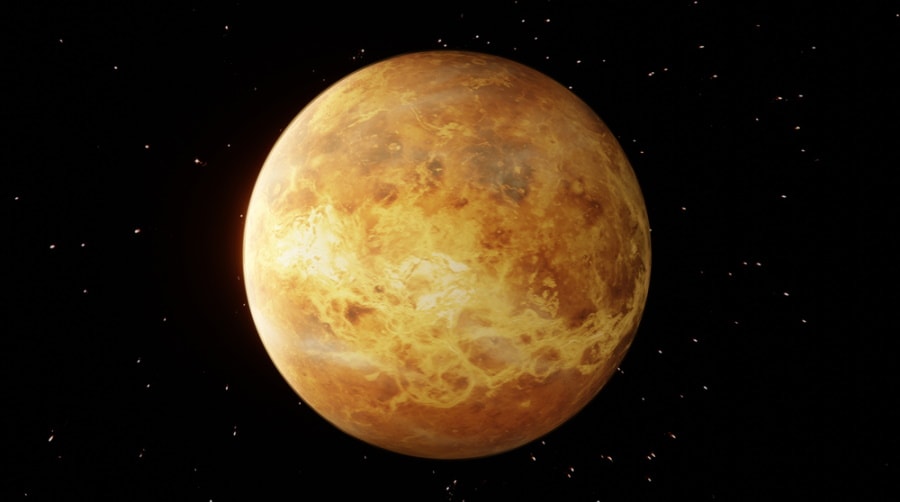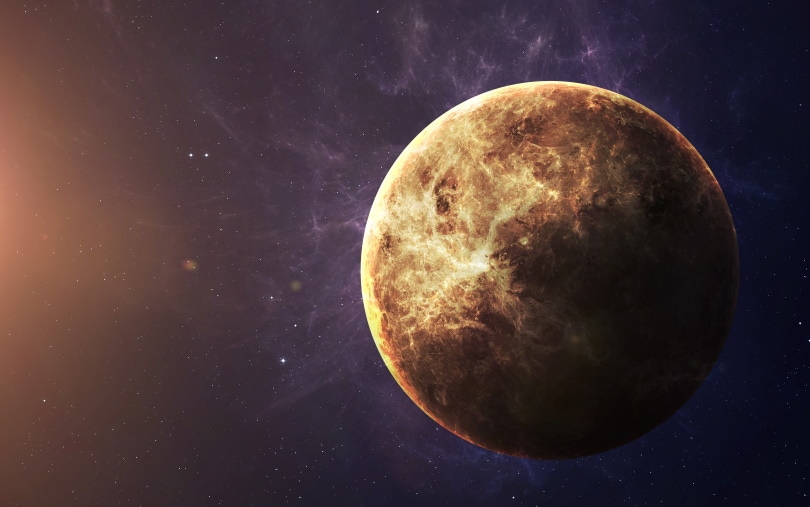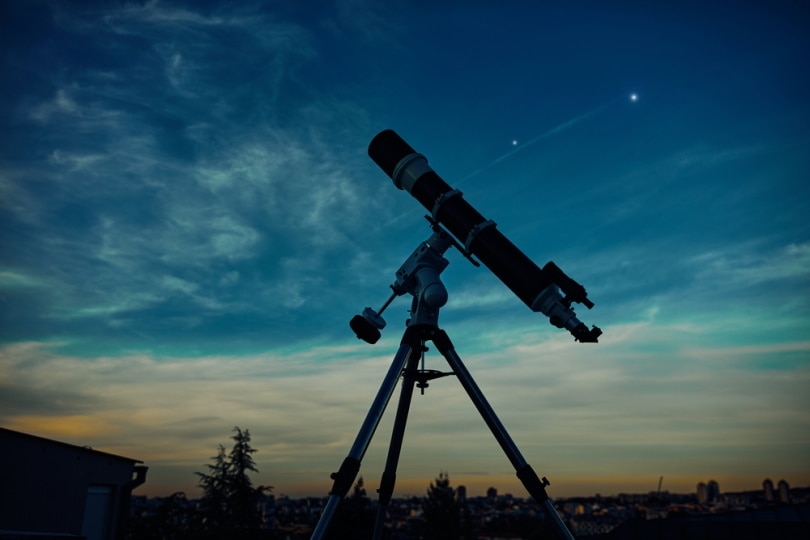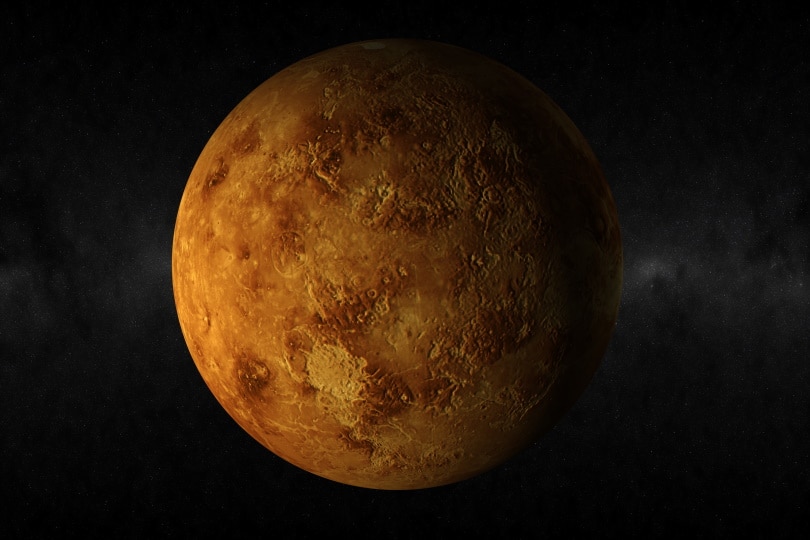When Was Venus Discovered? Exploring the History of Venus
Last Updated on

The second planet closest to the Sun is just a jaunt away from the Earth, with 26,444,601 miles1 separating the two planets. Some have called it our twin, which is something of a misnomer, given how different they are other than sharing a similar size. Venus is one of five planets known to the old ones. The others include Mercury, Mars, Jupiter, and Saturn.
The reason the Ancients knew of their existence was that they were visible to humans with the naked eye. Their brightness telegraphed their presence in the night sky, pinpointing precisely when Venus was discovered is difficult at best. We’d need proof of some kind. We know that rudimentary writing with shapes or cuneiform existed as early as 3400 BC in Mesopotamia2, now known as Iraq.

The First Discovery of Venus
The first known written evidence exists from a Babylonian text from 1600 BC. The Ancients made Venus and other celestial bodies a part of their mythology. It’s evident it captivated early people. The Greek author Homer waxed poetically about the planet in The Odyssey and The Iliad. Other writers and musicians have also fallen under its spell.
Undoubtedly, knowledge of the existence of Venus came to light earlier than the Mesopotamians. After all, it’s hard to miss this planet on a clear, moonless night. The concept of a Solar System has existed since the second century AD with the Greek astronomer Ptolemy. Learning more about Venus depended on observing how it differed from stars.

Discovery and Exploration Through the Ages
The knowledge of Venus was limited to observations with the unaided eye until the invention of the telescope. Galileo Galilei changed everything when he observed Venus and the other nearby planets in 1609. We knew that these celestial bodies differed from stars. They didn’t twinkle. Instead, they moved with the stars, giving rise to the word planet from the ancient Greek word planētēs or wandering stars.
The sky has always fascinated people from these early observations. It wasn’t long before the desire to go from the telescope to observation of Venus up close would follow. It wouldn’t happen until the Soviet Union launched Luna 1 in 1959 to get close to the Moon. The United States made it within 21,660 miles with NASA’s Mariner 2 in 1962.
It would take another 60 years before NASA’s Parker Solar Probe would bring us our first look at the surface of Venus and all its fascinating details in visible light. How much more we can learn depends on how technology addresses the challenges of this planet. Its atmosphere consists of toxic sulfuric acid. Temperatures can reach 900℉ with wind speeds up to 224 miles per hour.

Cool Facts About Venus
Even if life is questionable at best, that doesn’t get in the way of our interest in Venus. New facts emerge as space exploration relays more information. We know that days are reversed on the planet, meaning the Sun rises in the west instead of the east. We’ve also learned that Mercury is our closest neighbor and not Venus, as you’d think with its position in the Solar System. The answer is in the varying orbits.
Venus continues to fascinate us because there is so much more to find out about our celestial neighbor. It lures us with its bright light. You can’t help but notice it. It’s what attracted the attention of the ancient peoples and continues to have the same pull on our imaginations today. Fortunately, it’s not difficult to learn more about Venus because it’s so visible.
Pre-dawn is your best bet to spot it, looking in the sunrise sky if you live in the Northern Hemisphere. We know something about its structure and geography with the 2,036 features identified by the International Astronomical Union (IAU). Advancing technology will continue to reveal more about its secrets and mysteries.


Conclusion
We may not know precisely when someone first discovered Venus. However, we can appreciate what a person may feel and think upon first seeing this planet. Its presence demands your attention. Its relatively close distance gives you an excellent view of the surface and features. Perhaps, knowing you’re experiencing the same wonder as the Ancients felt brings us closer together and spans the ages.
Featured Image Credit: ART-ur, Shutterstock
About the Author Chris Dinesen Rogers
Chris has been writing since 2009 on a variety of topics. Her motto with all of her writing is “science-based writing nurtured by education and critical thinking.” Chris specializes in science topics and has a special love for health and environmental topics, and animals of all shapes and sizes.
Related Articles:
When Were Binoculars Invented? History, Today & Future
15 Crucial Facts About Ultraviolet Rays & the Sun
What Constellation Is Spica In? The Interesting Answer!
10 Interesting Leo Constellation Facts, Myths, and FAQs
15 Interesting Pegasus Constellation Facts, Myths, and FAQs
6 Interesting Sagittarius Constellation Facts, Myths, and FAQs in 2024!
What Are Constellations? Where Did They Come From?
8 Interesting Libra Constellation Facts, Myths, and FAQs
